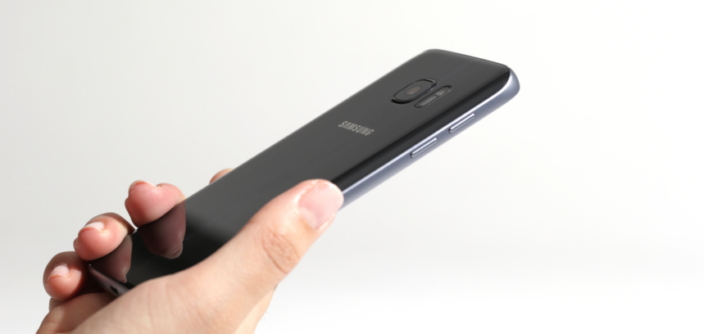[In-Depth Look] Water and Dust Protection in a Streamlined Form: The IP68 Feature of the Galaxy S7 and Galaxy S7 edge
on February 23, 2016

The Galaxy S7 and Galaxy S7 edge have been certified with an IP68 rating, the premium standard of protection against water and dust. For people who live life on the go—working, traveling and playing in all sorts of locations and environments—this advancement is most welcomed, letting them enjoy the sleek, advanced design of Samsung’s latest flagship smartphones, without the inconvenience of a bulky additional case.
What the IP68 Standard Means
The International Electrotechnical Commission measures the degree of protection provided by enclosures, or “IP code.” IP68 means that a device must be completely dust tight, and protected against water to a maximum of 1.5 meters for 30 minutes.
For the Galaxy S7 and Galaxy S7 edge, now the entire device is completely water and dust resistant, even the open connection slots, like for the charger and headphones. Previous Galaxy devices required a cap to cover the USB slot, battery cover and other openings, to shield them from water and dust. But that additional cover caused some complaints from consumers about the added bulk and the inconvenience of attaching and detaching the cover when charging and transfering data.
New Materials to Protect Openings and Parts
Samsung took that feedback to heart when creating the new Galaxy flagship smartphones. It changed the materials used on the external connections, like the headphone jack and UBS charging terminal, switching to anticorrosive materials like nickel and platinum.

To get a cap-less design, the new Galaxy models also used a new type of water resistance technology developed by Samsung that prevents gaps between the product and the case, eliminating the need for a protective cover. The result was a phone with slimmer design, with integrated batteries to further improve performance and efficiency.
The latest Galaxy models are completely watertight in the level of IP68, protecting not only the exposed exterior but the entire structure of the smartphone. For instance, rubber is now used for attaching individual parts, including the USB charging terminal, earphone jack, and SIM card tray, to prevent water from entering the device.

The power cable connector was designed with extra care, as water leakage there could cause a short circuit when connected to the USB terminal, but the new devices now use a mechanism to identify this dangerous situation and cut off the power.

An exclusive type of water protective tape has been applied to the front and rear glass and other parts of the Galaxy S7 and Galaxy S7 edge, while the use of anticorrosive materials and a corrosion-preventing coating for exposed parts on the exterior ensure these Galaxy smartphones are completely protected from water.
The microphone needs to be able to receive sound clearly, so it is protected with portable electronics vents, which allows for a good flow of air and the outflow of humidity to prevent moisture from entering the device.
Improving Processes to Get Certification
Even with all of those advancements in the latest Galaxy models, getting the demanding IP68 certification required improved process controls, including for the management of individual parts, the systemization of the assembly process and thorough quality control.
Finally, due to those many advances, improvements and changes made throughout the development process, the Galaxy S7 and Galaxy S7 edge received IP68 certification. It required relentless efforts from Samsung to make the innovations necessary to earn that rating, but the benefits of having devices well protected from dust and water made it all worthwhile.
*All functionality features, specifications and other product information provided in this document including, but not limited to, the benefits, design, pricing, components, performance, availability, and capabilities of the product are subject to change without notice or obligation.








